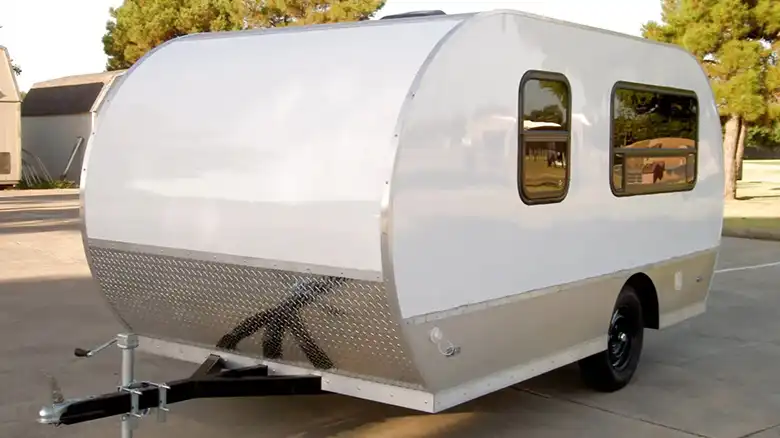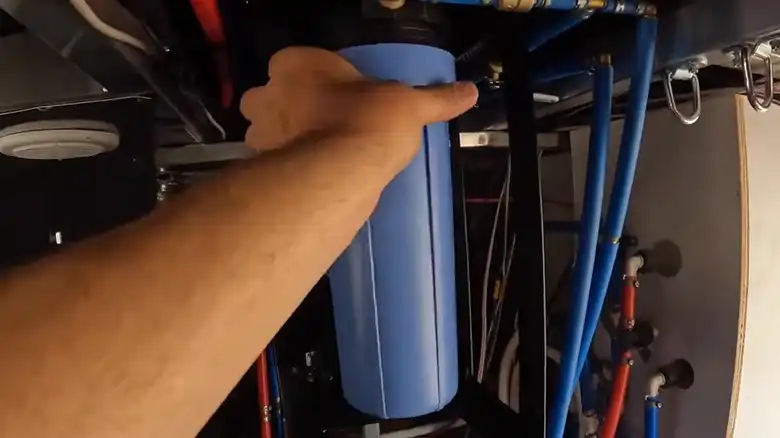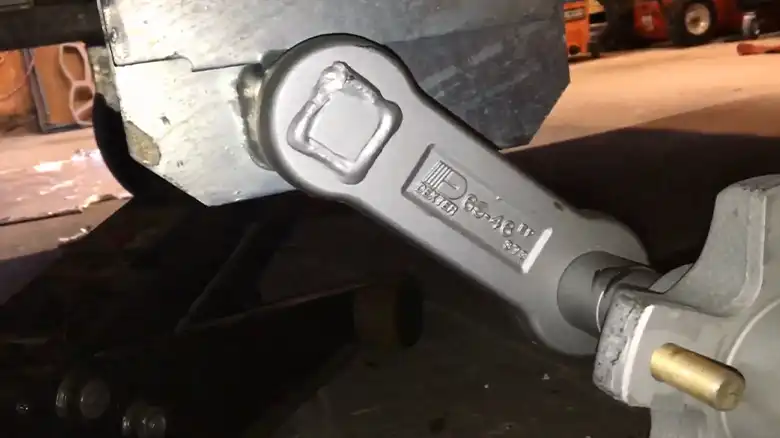Building or renovating a camper can be an exciting and fulfilling DIY project. One of the key aspects of this endeavor is creating your own camper siding. Not only does homemade camper siding offer cost-saving benefits, but it also provides you the opportunity to unleash your creativity and tailor your camper to your unique needs and style.
In today’s post, I’ll share my first-hand experience, materials, costs, construction steps, advantages, pro tips, and frequently asked questions to help you successfully craft your dream camper.

How to Make Custom Camper Siding?
Before we dive into the construction process, it’s crucial to gather all the necessary materials for your homemade camper siding. Below is a list of materials, their possible costs (as of my last knowledge update in September 2021), and descriptions:
| Material | Possible Cost | Description |
| Plywood or Base Material | $20 – $50 per sheet (4×8 feet, depending on type) | The base for your siding. Choose thickness according to your insulation needs. |
| Insulation (if needed) | $0.50 – $2 per square foot | Provides climate control. Foam board or fiberglass are common options. |
| Exterior-grade Adhesive | $5 – $10 per tube | To secure insulation to the base material. |
| Exterior-grade Paint/Sealant | $20 – $40 per gallon | Protects the siding from the elements and adds a finished look. |
| Cladding Material | Varies (see options below) | The exterior layer of your camper siding. Options include: |
| Aluminum | $1 – $5 per square foot | |
| Fiberglass | $2 – $8 per square foot | |
| Wood | $1 – $10 per square foot | |
| Composite Materials | $2 – $12 per square foot | |
| Screws/Fasteners | $5 – $15 per box | To secure the cladding to the base material. |
Now, let’s move on to the construction process.
1. Design and Plan
The first step is designing your camper siding. Consider the size, shape, and specific needs of your camper. Determine whether you need insulation for climate control. Your design should be a detailed blueprint that guides you through the project.
2. Prepare the Base
Start with a sturdy base material like plywood. Cut it to the size and shape you’ve determined in your design. If insulation is needed, apply it to the plywood using the exterior-grade adhesive, ensuring secure and uniform coverage.
3. Attach the Cladding
Choose the cladding material that suits your design and budget. Cut it to size, leaving some extra for overlapping and securing. Use adhesive to attach the cladding to the plywood base, and then use screws or fasteners to secure it in place. Ensure you space the fasteners evenly for a secure fit.
4. Seal the Edges
The edges and corners of your camper siding are crucial areas. Apply exterior-grade sealant or paint to seal any gaps and prevent moisture from penetrating.
5. Finishing Touches
Sand the surface if necessary and apply a weather-resistant paint or sealant. This helps protect the siding from the elements and adds a finished look. You can also paint or decorate the siding to match your aesthetic preferences.
6. Install on Camper
Attach the homemade siding to your camper’s frame. Depending on your design, this may involve securing the siding to the frame with screws or other fasteners.
7. Maintenance
Regularly inspect and maintain your homemade camper siding. Check for any signs of damage, such as cracks, peeling paint, or moisture intrusion, and address them promptly to ensure the longevity of your DIY siding.
Benefits of DIY Camper Siding
Creating your own camper siding comes with several advantages:
Cost Savings: One of the most significant benefits is the potential to save money compared to buying pre-made siding.
Customization: Homemade siding allows you to design your camper exactly the way you want, from materials to aesthetics.
Learning Experience: You’ll gain valuable DIY skills and hands-on knowledge in construction and camper design.
Environmental Benefits: You have more control over the choice of eco-friendly materials, reducing your carbon footprint.
Personal Satisfaction: Completing a DIY project like this brings a sense of accomplishment and pride in your creation.
Helpful Tips for Building Camper Siding
Here are some tips to make your homemade camper siding project go smoothly:
Measure Perfectly: Accurate measurements are crucial. Double-check before making any cuts to avoid costly mistakes.
Invest in Quality Materials: While DIY is about saving money, investing in quality materials, especially for insulation and sealants, can save you headaches in the long run.
Safety First: Always use appropriate safety equipment such as gloves, safety glasses, and dust masks when working with materials and tools.
Consider Weight: Be mindful of the weight of your siding materials; it can affect your camper’s overall weight and fuel efficiency.
Seal Joints Properly: Proper sealing and waterproofing are essential to prevent leaks and damage from exposure to the elements.
Can I Use Recycled Materials for My Camper Siding?
Yes, using recycled or reclaimed materials is an eco-friendly and cost-effective option. Ensure they are in good condition and properly sealed to prevent any issues.
What Insulation Works Best for Camper Siding?
The choice of insulation depends on your climate and budget. Common options include foam board and fiberglass insulation, as they provide good thermal resistance.
Do I Need Special Tools for Camper Siding?
Basic tools like a saw, drill, screwdriver, measuring tape, and safety equipment are usually sufficient. The specific tools you need may depend on your design and chosen materials.
How Long Does DIY Camper Siding Last?
The longevity of homemade camper siding can vary depending on the materials and construction quality. With proper maintenance, it can last for many years.
Can I Add Windows and Doors to My Camper Siding?
Absolutely, you can customize your siding to include windows and doors. Ensure they are properly sealed and reinforced to maintain the structural integrity of your camper.
Final Thoughts
Creating your own camper siding can be a rewarding DIY project that allows you to customize your camper according to your unique preferences and needs. By following the steps outlined in this guide, you can craft a camper with homemade siding that is not only budget-friendly but also a testament to your creativity and craftsmanship. Whether you’re starting from scratch or renovating an existing camper, homemade siding opens up a world of possibilities for your next adventure on the road.


